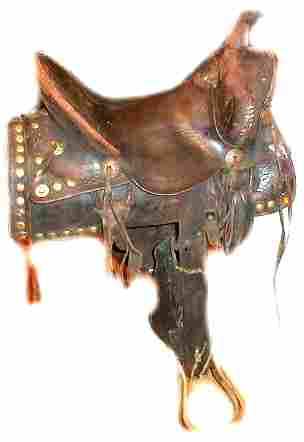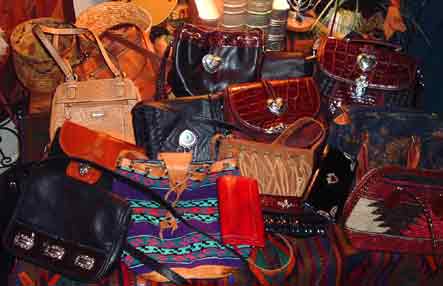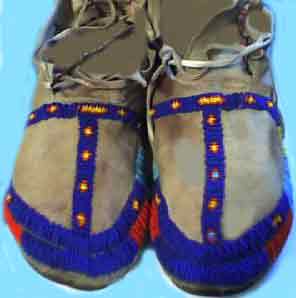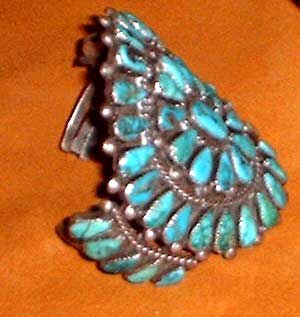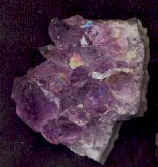|

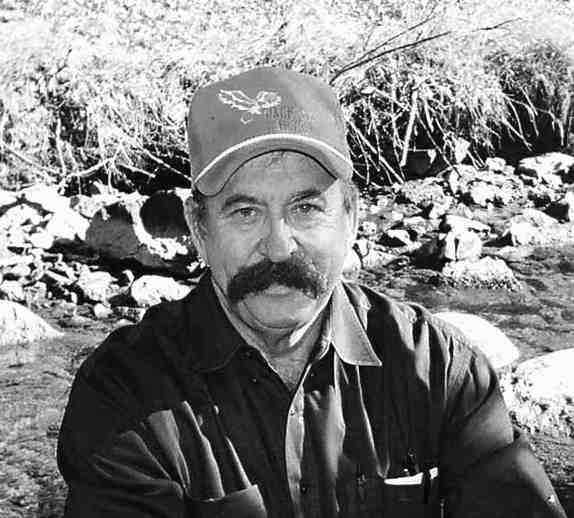
Welcome to another of Leonard Kubiak's Texas History Pages.
HISTORY OF INDEPENDENCE, WASHINGTON COUNTY, TEXAS
Independence is located near what is now the intersection of Farm roads 390 and 50, twelve miles northeast of Brenham in northeast Washington County.

Texas Historical Marker for the town of Independence located in front of the 1940's school house.

Texas Historical Marker for the Confederate brigade raised in Independence at the beginning of the Civil War.
Independence, originally called Coles Settlement after early settler John Prince Coles, the Alcalde under Mexican rule was founded in 1823. John Coles was born in Rowan County, North Carolina in 1793 and emmigrated to Texas from Jasper County Georgia at Monticello in 1820.
Coles became a close friend of Stephen F. and was rewarded with the largest land grants of the "old" 300 colonists.
Coles arrived at Coles Settlement in 1822 and constructed a dog trot log house. He also built a Public Inn and later a mill on the Yegua Tributary of the Brazos. In 1837, Independence Academy was founded and the name Independence was applied to the town by Dr. Asa Hoxey who is also named the settlement of Washington.
The oldest church in the area is the Independence Baptist church established about 2 miles from it's present location in September 1839.

Independence Baptist Church founded in 1839. The church was moved to its present location in 1872.

Museum at the Independence Baptist Church.

The Independence Baptist Church was moved to its present location in 1872.
The most famous resident of early day Independence was Sam Houston. After Sam's death,
Brenham Voted County Seat of Washington County
In 1844, an election for Washington county seat. In the running was Mount Vernon, Turkey Creek, Independence and Brenham. Brenham, being more centrally located, won by a few votes. The settlements of Turkey Creek and Mount Vernon disappeared after the election.
The Founding of Baylor University (1846)
In 1845 the Union Baptist Association, through its Texas Baptist Educational Society,acquired a charter to establish a university. Several towns made competitive bids, but Independence, then the wealthiest community in Texas, secured the institution.
In 1846 Baylor University began operation as a coeducational school with twenty-four pupils at Independence.

The four columns marking BaylorUniversity marks the entrance to Old Baylor Park where the forerunner of Waco's Baylor University and Belton's Mary Hardin-Baylor University one stood.

Womens Dorm in Baylor Park in Independence
Independence Gets a Post Office (1846)
A post office was also established in Independence in 1846.
By the 1850s Independence also had a hotel, a stagecoach depot, a jail, a Masonic lodge, and a small commercial district.
Independence Incorporated (1852)
In 1852 Independence was incorporated, with T. T. Clay as the first mayor. The Santa Fe railroad wanted to serve Independence, but the city fathers and Baylor administrators refused to grant the right-of-way. In 1853, Sam Houston moved his family to Independence. By the 1880s most of the railway lines in the area had bypassed Independence, and much of the trade was going to competing towns.
Because college students had difficulty getting transportation to the Independence schools, officials decided in 1885 to move Baylor Female College (now the University of Mary Hardin-Baylor) to Belton and Baylor University to Waco, a move which marked the beginning of a century-long decline for Independence.
By 1966 the population of Independence declined to just 200, and the post office was discontinued. In 1990, Independence was a rural settlement with a population of 140. That figure remained constant in 2000.
Points of historical interest today include the Independence Baptist Church, the Texas Baptist Historical Center, the home of Judge Coles, and Baylor College Park.
Other interesting sites are the Old Independence Cemetery, where Judge Coles, Sam Houston, Jr., Moses Austin Bryan, T. T. Clay, and other prominent Texas citizens are buried, and the Margaret Houston House and Houston-Lea Family Cemetery, where Margaret M. L. Houston and her mother are buried.

Old Independence Cemetery (1823)

Texas Historical Marker at Entrance of Old Independence Cemetery

Judge Coles Tombstone

Grandson of Moses Austin
The four impressive columns that you find in Old Baylor Park today are the rebuilt columns of the female Department of the University. The Male Campus was located on Windmill Hill.

Columns from the Baylor University
Famous Citizens of Independence
Sam Houston lived in Independence after serving as Senator from Texas in the United States. He rented a house not far from the Old Baylor Ruins and left his mark in the local church where a pew was whittled during sermons - a once popular past time that is frowned upon today.
Margaret Lea Houston, Sam's third wife, is buried in Independence. She died of Yellow Fever in 1867 and law prevented her body from being sent to Huntsville to lie beside her husband. Her mother is also buried here.
BIBLIOGRAPHY: B. D. Augustin, "Independence: The Athens of Early Texas," Texas Highways, March 1984. T. Lindsay Baker, Ghost Towns of Texas (Norman: University of Oklahoma Press, 1986). Lois Smith Murray, Baylor at Independence (Waco: Baylor University Press, 1972). Gracey Booker Toland, Austin Knew His Athens (San Antonio: Naylor, 1958).
WE NEED YOUR HELP
This is a site under construction. We'll be adding old photos and stories of early-day settlers in the Port Sullivan area.
If you have something you'd like to add to the site, add your company's add or website link to this page, send me an email.
Also see our history links near the bottom of this webpage. I spend a great deal of time researching Texas history and adding
topics of interest to our website for our internet viewers.
The site is constantly growing. Bookmark us and come back
often (and tell your friends about us).
Thanks,
Len Kubiak
Got any old Photos or Stories you want to share? Send me an email!
 For questions or comments, send me an Email For questions or comments, send me an Email
|


 For questions or comments, send me an Email at
lenkubiak.geo@yahoo.com
For questions or comments, send me an Email at
lenkubiak.geo@yahoo.com


